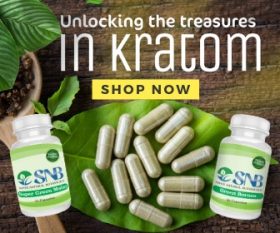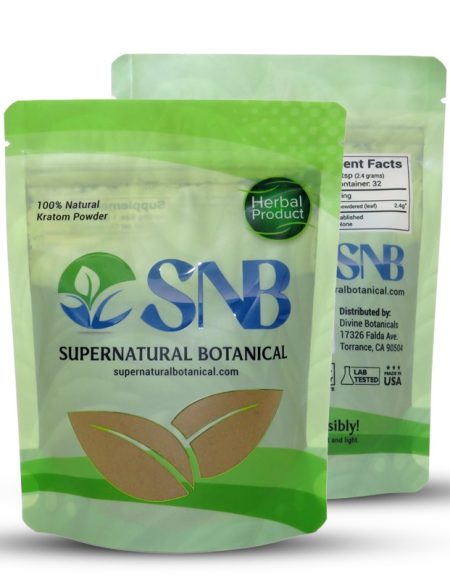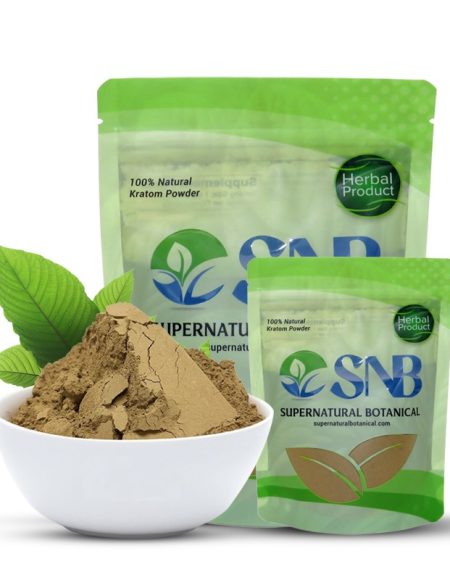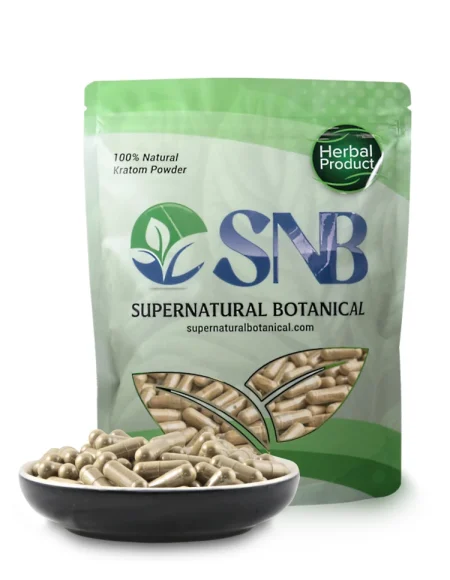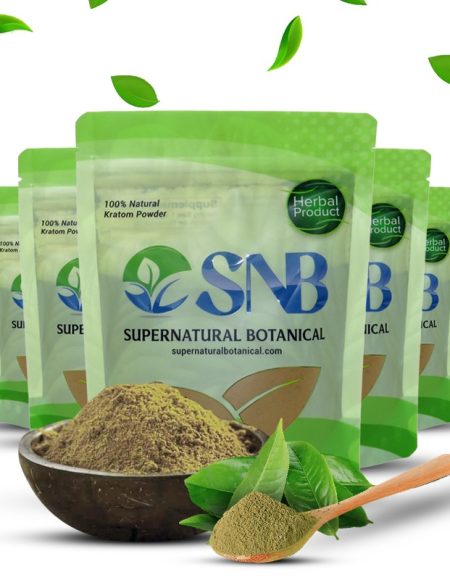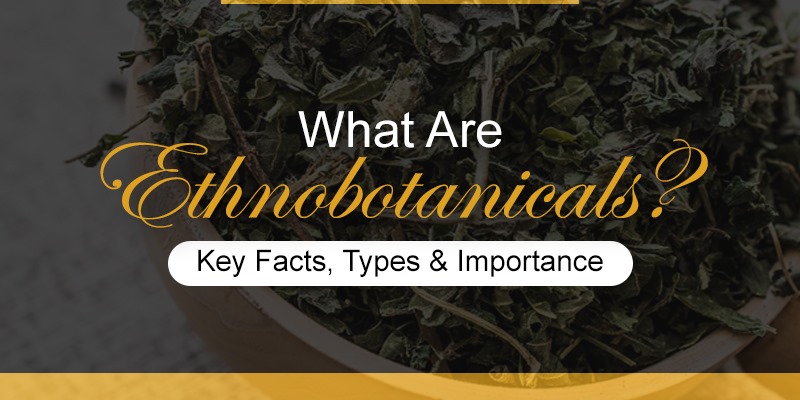

Many times, we are reading an article about substances like Kratom or Akuamma, and there is a term ‘ethnobotanicals’ that is consistently present. Still, we don’t know the exact meaning and context of this term. Ethnobotanicals is a term that we use for all the herbs and plants that we consume to achieve health benefits, energy, and vigor, to strengthen our body systems and enhance our mood and cognition.
Let’s have a look in detail as to what ethnobotanicals are and why people use them.
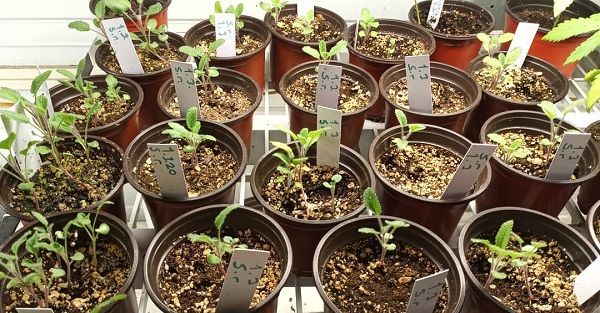

What exactly are ethnobotanicals?
From ancient times, we have had our natural cures and remedies. Back then, when there was no technology, no antibiotics, and no medicine, people relied on natural herbs and plants for health remedies.
Every culture, every civilization, had its unique treatments. And these traditional remedies are called ethnobotanicals in today’s world.
Although the concept of Ethnobotany wasn’t prevalent in the previous century or two, it has gained immense popularity because people are shifting to traditional medicine as they have fewer side effects and more benefits. And, the term ethnobotany and ethnobotanicals have been coined only recently.
Today, scientists are amazed at the vast array of plants and their effects on health and how they have healing properties. Every day we come across new studies on these ethnobotanicals, and we are genuinely astounded at their impact on the human body.
On our website, we tend to promote many ethnobotanicals, and although we may not mention this word always, what we bring to you in the form of Kratom pills, Akuamma seeds, CBD tincture, Kava Kava all are ethnobotanicals.
Why do people use ethnobotanicals?
Considering why people used ethnobotanicals in old times, we touch a very historical aspect of the primitive tribes. See all they had at their disposal was the vegetation around them. They not only had it as a food source but these plants, herbs, and shrubs, and cultural value for them. They believed in plant symbolism, used to explore them and get maximum advantage of their floral surroundings. And since they had nothing else to utilize for gaining energy and strength, this was their mechanism of coping up with ailments.
Why do people still use ethnobotanical is an interesting question. With access to medicine, healthcare facilities, hi-tech hospital setups, emerging remedies for cancer, viral infections such as HIV and COVID-19, why are people still into ethnobotanicals?
Why is traditional medicine emerging again?
Let’s talk about facts here. Not everyone has access to the best medical and healthcare and no one can afford million-dollar therapies. Not everyone lives in urban setups where they can have knowledge and access to medicines, doctors, and healthcare workers. Research says that the use of ethnobotany is prevalent in those areas of the world, which are underprivileged and do not have access to proper hospitals.
There the locals rely on ethnobotanicals to deal with minor ailments like cold, cough, fever, upset stomach, headache, etc.
Some ethnobotanicals are cheaper than synthetic medicines, so people prefer them. Most people prefer traditional medicine over modern medicine because of this common belief that traditional medicine has lesser side effects.
Key Facts & Effects of Using Ethnobotanicals?
- Ethnobotanicals are safe: They have been used for centuries and tested by many tribes and cultures across the world. When there was no medicine, it was these herbs that people relied on. These are time tested herbs and are safe without any dangerous side effects profile.
- They are natural: Ethnobotanicals contain no synthetic material; they are natural, so you don’t need to be scared of anything. This also brings you closer to nature and makes you want to explore more of nature. It increases your spirituality.
- Minimal side effects: These natural substances have minimal side effects. They don’t cause any collateral damage when taken. For example, when you take chemotherapy for cancer, you are also damaging the healthy cells. In the case of antibiotics, they not only attack the harmful bacteria but also kill the beneficial bacteria present in the gut primarily, resulting in reduced digestion and peristalsis.
- Discomfort alleviation: Ethnobotanicals is a significant source of comforting tablets. They have an essential role in alleviating ache without causing stomach or duodenal ulcers. They do not cause severe adverse side effects.
- Mood boosters: Some of the ethnobotanicals are known for their mood-elevating properties. While you are taking them for discomfort, they also reduce your uneasiness and boost your mood. This effect usually comes with expensive synthetic medicine.
- Inexpensive: Most of the common types of ethnobotanicals are readily available, are cheap, and can even be cultivated in your back lawn.
Does the FDA approve of Ethnobotanicals?
The only drawback that comes with ethnobotanicals is that they are always in controversy. Just because of minimal research, the FDA rejects many ethnobotanicals as a standard treatment regimen for various ailments. An example of this controversy is Kratom, which the DEA and FDA repeatedly attacked due to lack of research.
It is up to us how we want to portray these herbs to the rest of the world. If we consume them responsibly, we will not experience any adverse effects.
Types of ethnobotanicals present across the world
- Kratom is a crucial stimulant and mood booster that comes from Southeast Asia. It is available in multiple forms in our online store. It comes in three different types.
- Mitragyna Hirsuta is another South Asia ethnobotanical that has a relaxing and analgesic effect. It is also known to be a Kratom substitute.
- The seeds of Sakae Naa or Comretum Quadrangulare exhibit anti-parasitic and antibacterial properties. It is mainly found in Thailand, where other substances like Kratom are illegal.
- Akuamma is grown in many regions of Africa. The seeds of this plant are used in the management of discomfort, for the relief of diarrhea, treatment of malaria, and substance withdrawal symptoms.
- Kanna is a plant that is native to South Africa. It helps with the management of discomfort and reduces uneasiness.
- Kava or Piper Methysticum contains an active component known as Kavalactones that is responsible for elevating mood.
Conclusion
There are many ethnobotanicals out there, and not every vendor that sells these herbs and plants is reliable. You have to review every brand before making any purchase thoroughly. Understand that if you have any underlying medical condition, you should first talk to your doctor before taking. They are safe, but we want you to consume them responsibly.


